10 surprising trends in the IoT for 2017
From Alexa and imminent 5G to the spectrum crunch
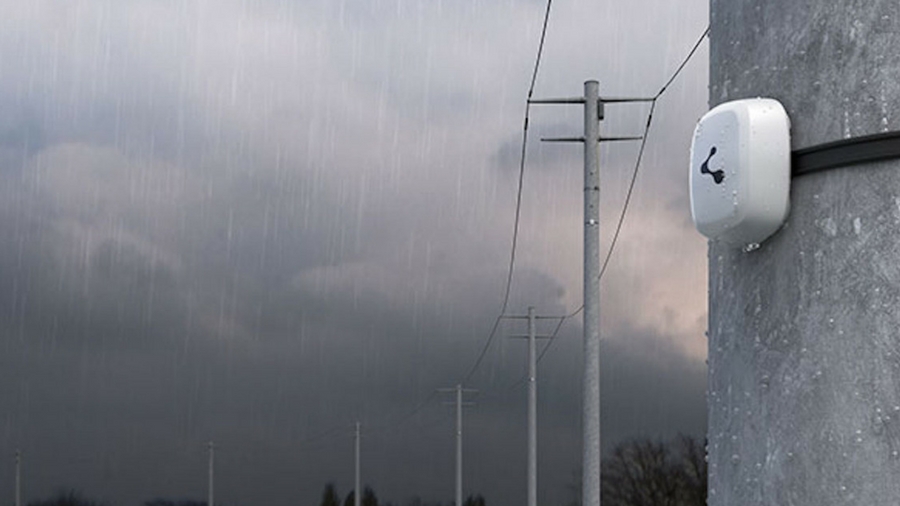
The shape of things to come
What's new in the internet of things (IoT)? What isn't? The fast-growing IoT community obsesses over which platforms will dominate, worries about security and dark data, and ponders how blockchains are going to affect it, but there are many other trends that get overlooked.
From the possibilities of voice control in the IoT and printed nanotechnology to the realities of autonomous vehicles in smart cities, there's a lot more to the so-called 'trillion sensor network society' than big data.
1. Forget the ‘format war’

The IoT community loves to fret about the lack of common connectivity standards, but the future is interoperability. The IoT’s confusing array of connectivity protocols – including cellular, Wi-Fi, Bluetooth, Zigbee, Sigfox, Wirepas and dozens more – is causing a crisis of confidence in some, but in a software-driven world, there’s really no need to panic.
“We used to standardise connectivity and protocols because everything had to be hard-wired on the silicon side,” said Tappo Hemla, CEO, Wirepas, at the IoT Tech Expo in London earlier this month. “But aside from cellular, everything else now runs on software.” Each standard has advantages, whether that be data rates and battery life or range and outdoor coverage, and can survive quite easily alongside others.
2. Printed nanotechnology
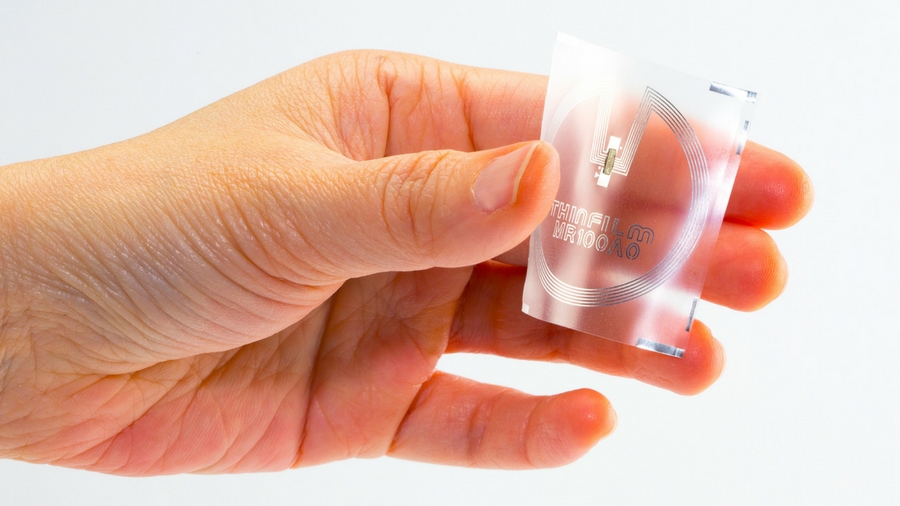
One day it will be done using graphene inks, but printed electronics are nevertheless coming to the IoT. Oslo-based Thinfilm is producing printed tags, labels and NFC smart packaging that allows memory, sensing, display, and wireless communications which 'extend the traditional boundaries of the IoT'. Its SpeedTap tag, which links to the cloud, is being used on passports to prevent counterfeiting, and to track and secure parcels.
3. Emerging cities are where it’s at
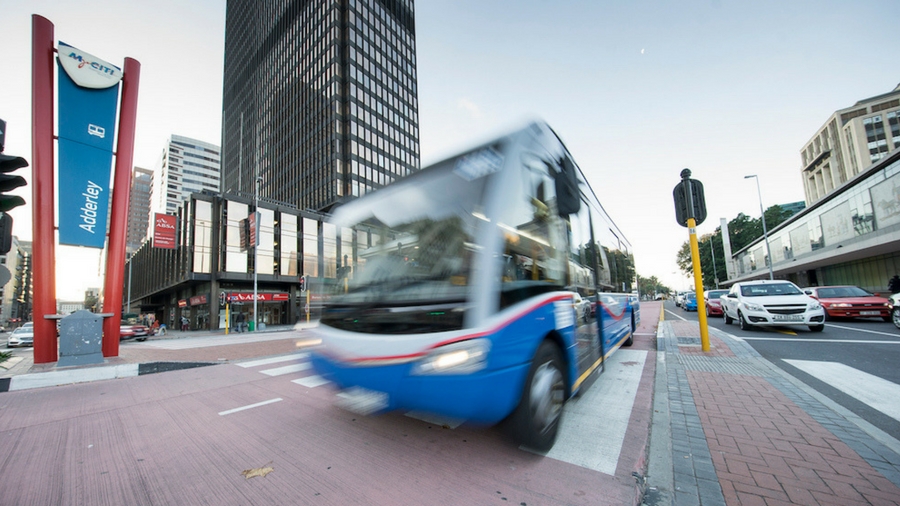
Not having legacy infrastructure is, in the IoT era, a potential advantage. “Cities in emerging economies haven’t invested in legacy systems so they have an advantage,” says Tim Gammons, Director, Arup. “London's TfL has 6,000 connected signals, but in Cape Town, South Africa they have none, so they can leap-frog ahead.”
Emerging cities are by definition more open to IoT innovation, as long as it's cheap; it's far easier for an IoT developer to pitch a simple ‘sensors on buses’ IoT project to a city that doesn’t already collect data, than it is to convince TfL to implement something across its already vast legacy network. A great example is WhereIsMyTransport, an open data platform for emerging cities.
Sign up to the TechRadar Pro newsletter to get all the top news, opinion, features and guidance your business needs to succeed!
4. IoT isn’t about Things

Software, not hardware, dominates IoT development. “Hardware in the IoT is difficult,” said Mobeen Khan, associate VP for IoT solutions at January’s AT&T Expo. “You’re dealing with software developers who are used to coding in different environments, but they’re not used to collecting data or interfacing with devices.” Cue Arduino and Raspberry Pi.
“If you go to the maker community everybody uses Raspberry Pi,” said Khan, announcing that its IoT Starter Kit would now be compatible with the million-selling single-board computer, essentially adding cellular connectivity to it, and access to its IoT infrastructure and data storage services.
Not forgetting the release this month of the Raspberry Pi Compute Module 3 for designers of industrial machinery and robots, which shows that the humble single-board computer has a serious future in the IoT.
5. IoT by satellite
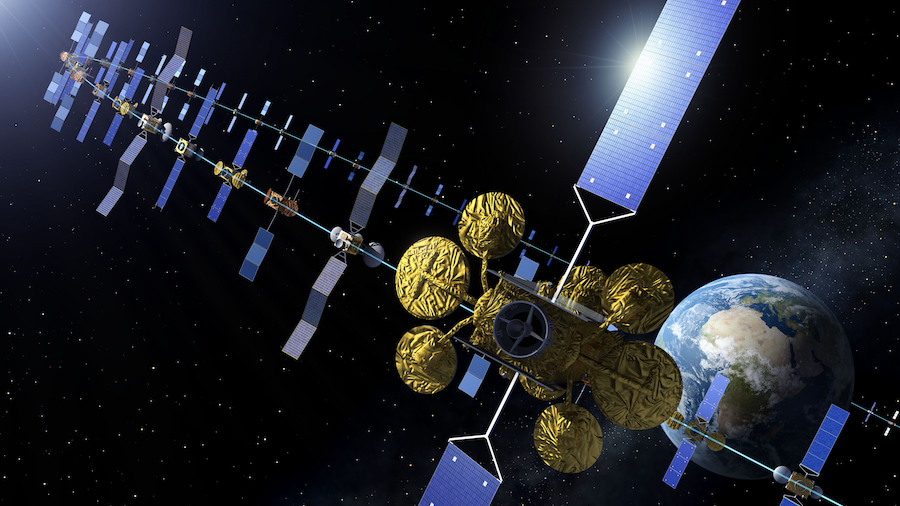
Long-range wide area networks for IoT projects are what everyone's talking about, but don't underestimate the role of new broadband-capable satellites. The European Space Agency (ESA) is actively encouraging IoT developers to use its ARTES satellites. IoT projects include tracking a wearable device for offenders, a Bike Citizens app that rewards cyclists according to the distance they cycle (and helps smart city planners optimise cycling routes), and a project that measures the subsidence of buildings in earthquake zones.
Plus, SpaceX has just launched the first of 70 satellites for Iridium, which will add to its existing fleet of 66 satellites to create Iridium NEXT broadband by satellite services. Aircraft and ships will now get 1.4 Megabits per second speeds, which will enable global IoT projects that can track anything almost anywhere on the planet.
6. Autonomous cars could kill the smart city
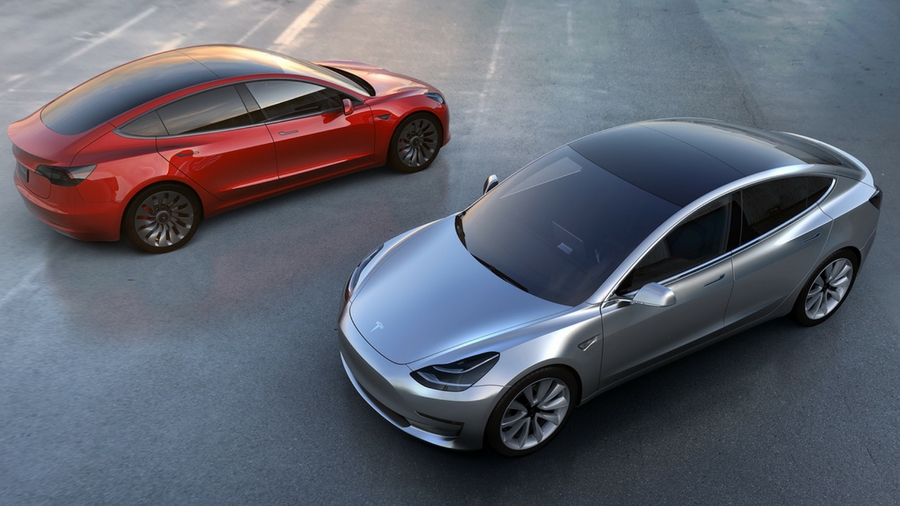
IoT folks love to talk about 'urban mobility', but a report by MIT (New York), ITF (Lisbon) and the VDV (Stuttgart) has shown that it would be possible to take every citizen to their destination with at least 80% fewer cars. Great, but that means fleets of vehicles all accelerating and decelerating more quickly and safely. In reality, self-driving cars could increase congestion.
“Instead of leaving a self-driving car in a parking space all day people may think it should be making money for them,” said Jeremy Dalton, CTO at mobility-as-a-service company TravelSpirit. “Those cars that sit idle 90% of the time could suddenly be out there making money for their owners, picking up and dropping off.”
7. 5G is imminent

Ultra-fast internet is moving up the agenda quickly. Speaking at CES, Glenn Laxdal, CTO and Head of Strategy at Ericsson North America, said that 5G would come to market in 2018, and other claims supported that extraordinary statement.
"We’re not waiting until the final standards are set to lay the foundation for our evolution to 5G – we’re executing now,” said John Donovan, chief strategy officer and group president, Technology and Operations, AT&T, earlier this month.
However, if 5G is to come sooner than anyone thought, it won't be quite as fast as it could be. Initial lab trials have achieved wireless speeds up to 14Gbps and 3ms of latency, though a 5G business customer trial in Austin, Texas by Intel, Ericsson and AT&T is using millimetre wave (mmWave) tech on unlicensed spectrum, which has so far hit 1Gbps.
8. Smart cities mean smart transport
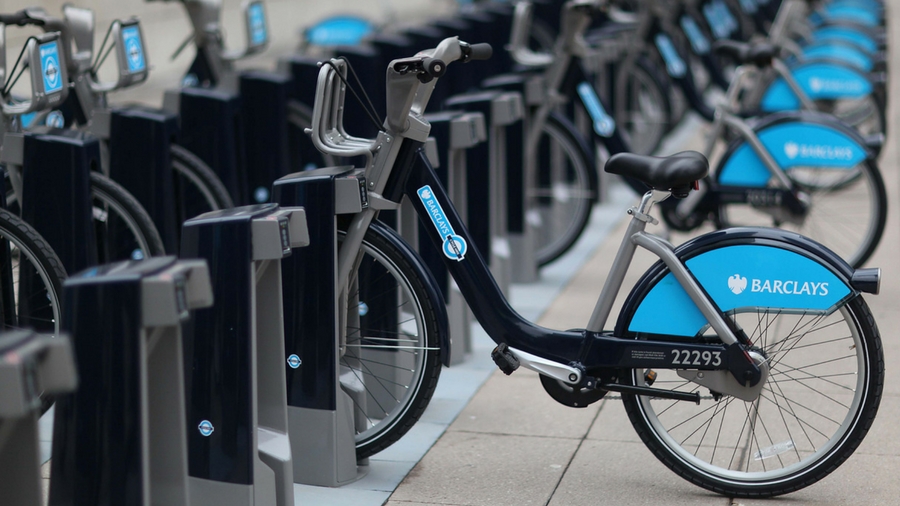
London is getting its own IoT network. Announced in December 2016, a total of 50 base stations will create the UK’s largest IoT low-power wide area network (LoRaWAN) for London’s digital startups to experiment with.
However, the goal is smart transport, using sensors around the city to collect data on traffic congestion and pedestrian footfall – and even from bike-frame sensors – to help develop a ‘safer journey’ planner for cyclists in central London. Temperature, air quality and humidity will also be collected to work on environmental quality analysis to help asthma sufferers, while wind speed will be measured to help calculate the most efficient routes around the capital for… delivery drones.
9. The hands-free IoT

Voice is poised to make a significant impact on how humans interface with electronics generally, and that applies in spades to the IoT. In the home, it's all about Amazon's Alexa, but in the wider IoT, expect Google Assistant and Microsoft’s Cortana to have a big impact when it comes to ushering in a hands-free era.
"The majority of vendors of Alexa-compatible major appliances and smart home devices express a strong interest in making their products compatible with Google Assistant," said Guy Hammett, an analyst at Futuresource Consulting, after CES 2017. As well as wearables for staff, expect voice control interfaces for machine operators and maintenance engineers out in the field. Cortana's future could be in vehicles – it was demoed by Nissan and BMW at CES 2017.
10. The 'spectrum crunch'

The IoT is growing fast, but a limitlessly connected, wireless, 5G future with billions of interconnected wireless devices will mean finding new ways to share spectrum, not fight for it. "Every conversation about spectrum today begins and ends with the question of limits, but the spectrum revolution can end this," said Kalpak Gude, President of the Dynamic Spectrum Alliance, over at the Pacific Telecommunications Council (PTC) conference earlier this month in Hawaii.
"With the technological advances that have occurred, spectrum scarcity is not a necessary law of nature – dynamic spectrum sharing is a solution to overcome, and ultimately end, the focus on limits and it will be at the heart of the future 5G world.” Dynamic spectrum management (DSM) is crucial if low-band, mid-band, and high-band spectrum is to be available and abundant, added Gude.
Jamie is a freelance tech, travel and space journalist based in the UK. He’s been writing regularly for Techradar since it was launched in 2008 and also writes regularly for Forbes, The Telegraph, the South China Morning Post, Sky & Telescope and the Sky At Night magazine as well as other Future titles T3, Digital Camera World, All About Space and Space.com. He also edits two of his own websites, TravGear.com and WhenIsTheNextEclipse.com that reflect his obsession with travel gear and solar eclipse travel. He is the author of A Stargazing Program For Beginners (Springer, 2015),
